This is what a more sustainable world looks like: Wood-based glitter, electric-powered boats and printed solar cells

Energy consumption is projected to increase by 50% by 2040, which is a huge challenge in the fight against climate change. The global economy uses 92.8 billion tonnes of minerals, fossil fuels, metals and biomass annually and only 9% of this goes back into circulation, which threatens the climate, the adequacy of resources and opportunities for sustainable growth. As well as this, rapid urbanisation affects ecosystems and contributes to the acceleration of extinction of species.
Turning the trend towards sustainability requires determined, creative solutions in all areas of society, as well as efficient teamwork.
The event, which opens on 2 September, presents four exhibitions related to the UN Sustainable Development Goals and it’s part of the Helsinki Design Week programme. The themes of the exhibits are future energy solutions, the circular economy and new opportunities for biomaterials, vibrant environments and conscious consumption.
More than 30 different experimental research and design projects will be available to view at Otaniemi and on the Aalto website. These projects show that smart choices for our planet can also bring well-being, a strong sense of community and an appreciation for beauty in life.
Along with the other projects, the following prototypes that are the result of a cross-sectoral cooperation will also be presented:
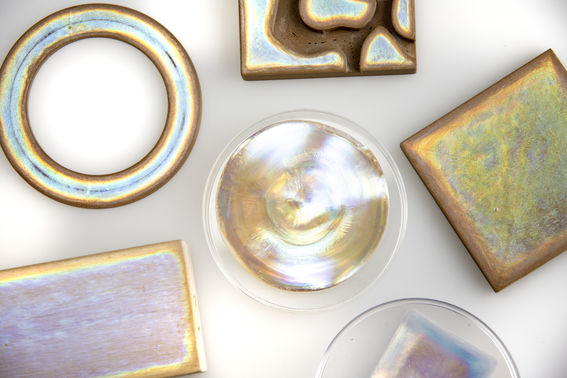
Wood-based glitter
The secret of the wonderfully shiny surface is nature's own miracle ingredient, nanocellulose. Nanocellulose can be produced not only from wood but also from bacteria and agricultural waste. The colour has no colour pigments at all but is created from light-reflecting nanostructures, just like nature's brightest colours in peacock feathers or butterfly wings.
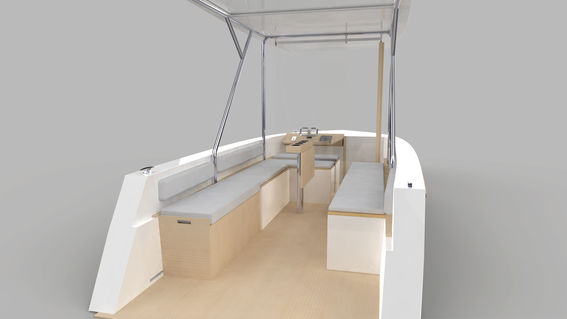
Electric powered boat
The boat, which makes no noise in the water, is powered by solar cells. It has been designed to function also in rental use or as a city boat, so that many people have the opportunity to enjoy being on the water in the future, while saving nature and materials.
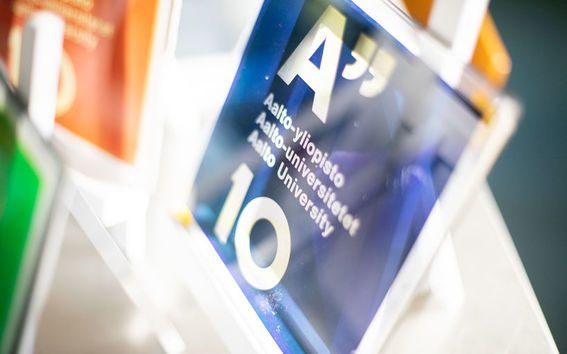
Printable, patterned solar cells
Affordable solar cells can be produced with an inkjet printer and silk printing, with the possibility of also adding patterns. With this new technology, buildings would no longer need separate solar panel components.
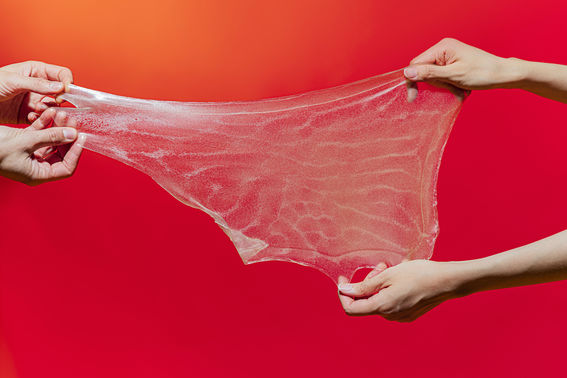
Chemarts cookbook - Using natural materials in the home kitchen and laboratory
From a bio-adhesive to reed panels and cellulose foam, a unique work created in collaboration with designers and biomaterial researchers shows what natural materials can do. Some of the recipes can be tested at home, while others are better suited for school and university laboratories.
A more detailed programme will be announced in mid-August.
Further information:
- Exhibitions and events: Enni Äijälä, Designer in Residence, +358 50 359 4810, enni.aijala@aalto.fi
- Communications: Tiina Toivola, Senior Advisor, Partnership communications, +358 50 326 0300, tiina.toivola@aalto.fi.
Aalto University presents six concepts on renewable biomaterials at Dutch Design Week
CHEMARTS exhibition showcases fascinating recyclable prototypes which are toxic-free, recyclable and don't release micro-plastics.
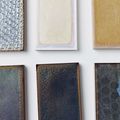
Students designed spatial solutions for the new electric boat for Skand
Working on the first, already implemented prototype, young designers were able to outline the real space and proportions of the boat.

Low cost solar panel research receives funding boost
€600,000 funding awarded to Dr Ghufran Hashmi for the development of low cost long-lasting solar energy materials
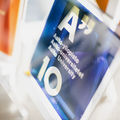
The CHEMARTS Cookbook
Inspiration for Material Enthusiasts
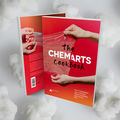
Read more news

Learning Centre opening hours during Christmas and year-end holidays
Thank you for the past year and have a wonderful holiday season!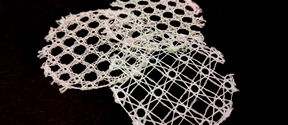
Smart textiles are reshaping our understanding of materials – and interspecies communication
The PAST-A-BOT research project, funded by the European Research Council (ERC), is developing soft, intelligent textiles that could one day function as rescue robots, sound-sensing agricultural fabrics, or assistive clothing. At the same time, the project aims to rethink the way we approach materials research.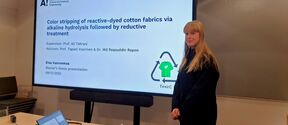
Master’s student showcases efficient color stripping of cotton fabrics
On December 9, master’s thesis student Elsa Vuorenmaa from the Textile Chemistry Group presented the results of her research on color stripping of reactive-dyed cotton fabrics.






